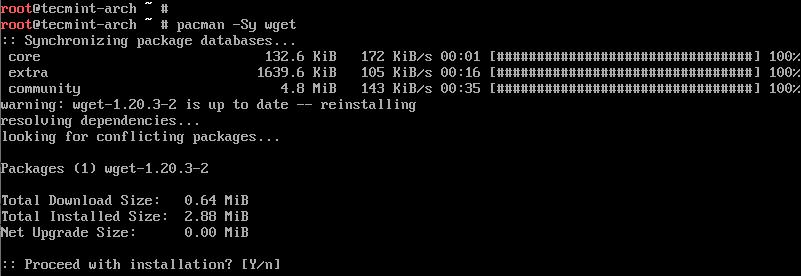

Open a new Command Prompt window and type “wget” to verify the installation.Add the location of wget.exe to your system’s PATH environment variable.Extract the downloaded file to a location on your computer (e.g., C:\Program Files\GnuWin32).Download the latest version of Wget from the official GNU website:.Wget is not natively available on Windows, but you can install it by following these steps:


To install wget on Ubuntu Linux or Debian, enter this command: sudo apt-get install wgetĪfter installation is complete, check if wget is installed by running the command in the above section again.
UBUNTU INSTALL WGET HOW TO
How to Install Wget on Ubuntu Linux or Debian? If not, wget is not installed in your system. It would help if you got the path to wget as the output. In Ubuntu Linux or Debian, check if wget is installed by entering the following into a terminal window: which wget Make sure that the wget package is installed on your system. Run this command to check the version of wget: wget -V If wget is installed, you should be able to run it from the terminal. It is safe to let wget be your default FTP client because Wget will not be confused when two login offers appear simultaneously. You can also start it at any time during your session. Wget works in the background, so you can leave it running and return to it after a while. It also supports proxy connections for both FTP and HTTP. Whether you’re using Linux or some other OS, you should know the wget command if you want to work with files from remote servers. The wget command is one of the most important utilities used on Linux systems, and it helps us download images, documents, PDF’s and much more from the web.


 0 kommentar(er)
0 kommentar(er)
